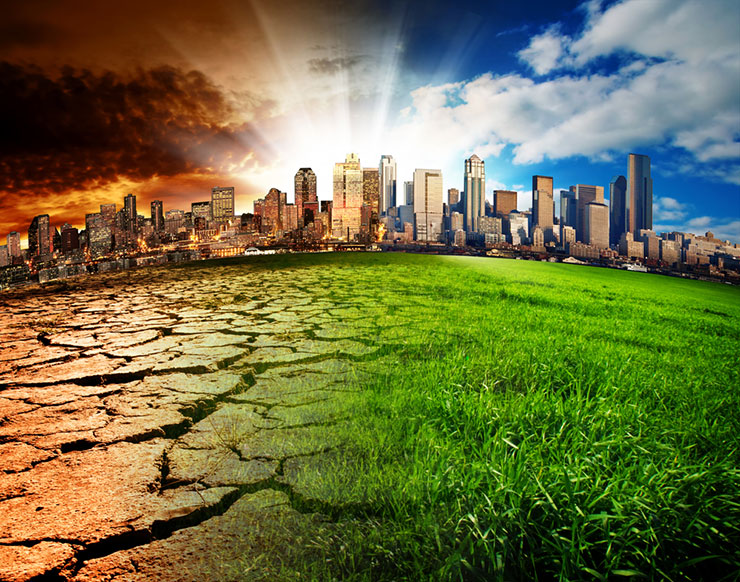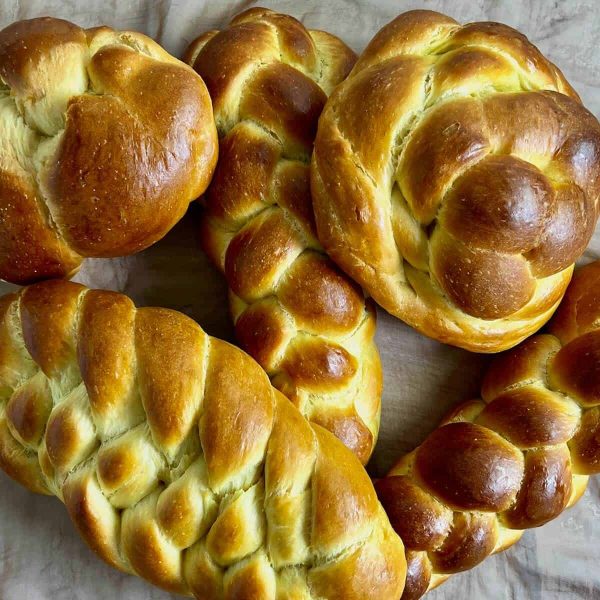The Effect of Climate Change on Animals
March 11, 2020
We frequently think about how climate change will affect us. But how will it affect the many plants and animals around us? It alters their normal mating, eating, migrating, and sleeping patterns with drastic consequences. Northern animals especially suffer from rising temperatures. A U.N. report informs that one million species of plants and animals are at risk of extinction.
Green Sea Turtle
The Green Sea Turtle is one of the most beautiful creatures in the world. Their eyes are unusually big for reptiles and their shells glow in the sunlight. Recently, though, green sea turtles have been seen less and less as their numbers have dwindled. Green sea turtles, like many reptiles, depending on the temperature to determine whether they become male or female. As climate change has made weather more extreme, uneven amounts of male or female have made mating for sea turtles difficult. Besides climate change, overharvesting of eggs, loss of habitat, poaching, and plastic entanglement have thinned them.
Fennec Fox
The Fennec Fox is famous for its large, distinguished ears. Their ears are a coping mechanism for the extreme heat of the Sahara desert by freeing body heat. Just because they’re hardwired for heat doesn’t mean they’re immune to global warming, though. It’s predicted that the Sahara Desert will have a greener climate should it continue. Richer soil would make it difficult to burrow so effectively away from predators. Also, humans have hunted them and decreased their habitat.
Caspian Seal
The Caspian Seal is the smallest seal species in the world. Their pups are born with an adorable lanugo, a thick coat of white fur to shield them from the elements. However, it will not protect them from this new threat: climate change. The ice caps on which they breed and give birth are melting lessening the numbers of newborns. The population of Caspian Seals was already decreasing from pollution and hunting, but this added danger is catastrophic to their species.
East African Crowned Crane
The East African Crowned Crane is one of the most unique birds in nature. Their striking colors, regal standing, and large size prove it. Not only that but as cranes, they’re dancers. Their repertoires include wing-fluttering,head-bobbing, leaps, deep bows, running with wings flapping, and even short, low flights. Humans have long admired and imitated cranes with artwork and crane-inspired dances. Between illegal captive trade, human and livestock disturbances, intruding in habitat, poisoning, power line collisions, and electrocutions they have been slowly dying out for a long time. Not to mention, climate change has been and will progressively continue to hit the cranes’ habitat, the wetland, with droughts.
Sources
https://www.worldwildlife.org/species/green-turtle
https://www.nationalgeographic.com/animals/reptiles/g/green-sea-turtle/
https://www.nationalgeographic.com/animals/mammals/f/fennec-fox/
https://www.mnn.com/earth-matters/animals/photos/10-of-the-cutest-endangered-species/fennec-foxes
https://www.worldwildlife.org/pages/species-spotlight-fennec-fox
https://animaldiversity.org/accounts/Pusa_caspica/
baku-magazine.com/conservation/endangered-caspian-seal/
http://www.takepart.com/article/2016/08/09/oil-and-gas-drilling-takes-toll-unique-caspian-seal
https://gsaz.az/en/articles/view/271/Caspian-seal-is-endangered
https://kids.sandiegozoo.org/animals/east-african-crowned-crane
https://www.purelypoultry.com/east-african-crowned-crane-p-856.html
https://www.savingcranes.org/species-field-guide/grey-crowned-crane/









